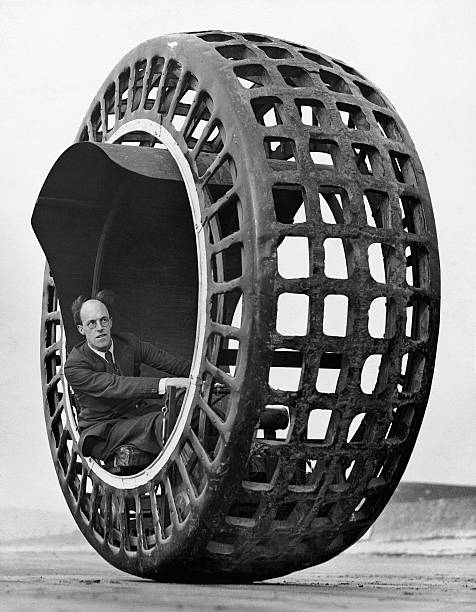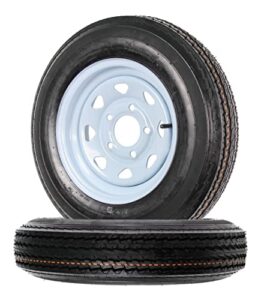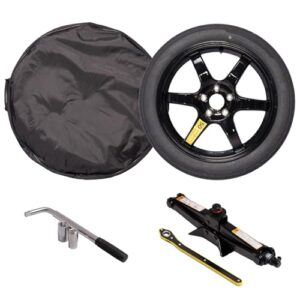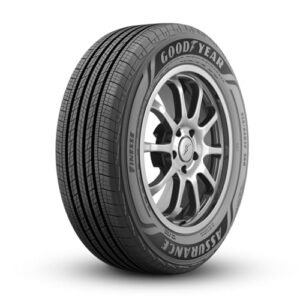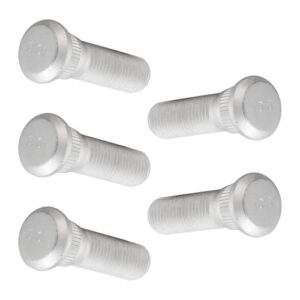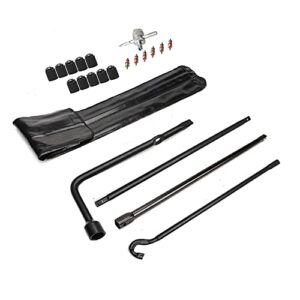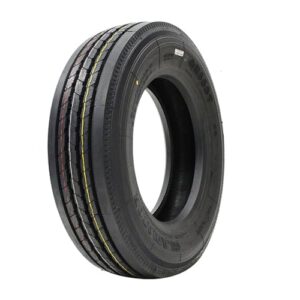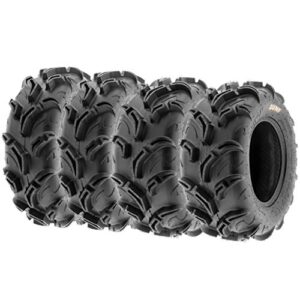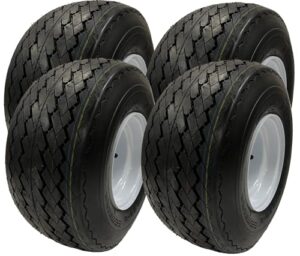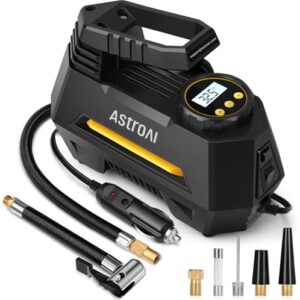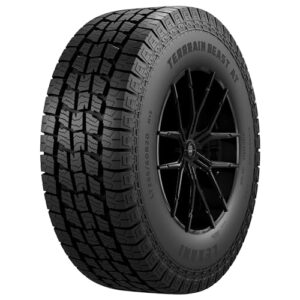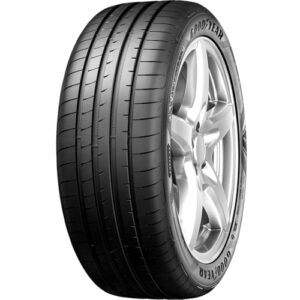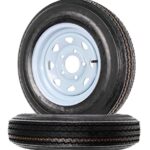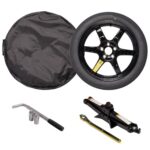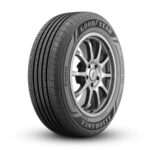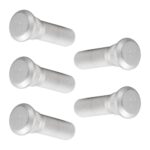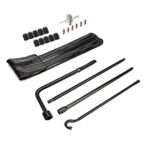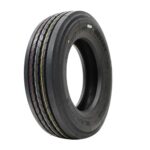To check for tire defects, inspect for uneven tread wear, bulges, and cuts. Rotate and balance your tires regularly.
Tire safety is crucial for vehicle performance and passenger safety. Regular inspections help identify potential defects early. Uneven tread wear can indicate alignment issues or improper inflation. Bulges and cuts may signal internal damage or weak spots. Regular rotation and balancing ensure even wear and extend tire life.
Maintaining proper tire pressure also prevents premature wear and blowouts. A quick visual inspection before long trips can prevent accidents. Keeping your tires in top condition ensures a smoother, safer ride. Make tire checks a routine part of vehicle maintenance. Prioritize tire health for optimal performance and safety on the road.

Importance Of Tire Safety
Ensuring your tires are in good condition is crucial for your safety. Tires affect your vehicle’s handling, braking, and overall performance. Ignoring tire safety can lead to serious accidents.
Why Tire Safety Matters
Tire safety is vital for multiple reasons:
- Prevents Accidents: Healthy tires help avoid skidding and slipping.
- Improves Fuel Efficiency: Well-maintained tires reduce fuel consumption.
- Ensures Better Handling: Good tires offer better control over your vehicle.
- Extends Tire Life: Regular checks can make your tires last longer.
Statistics On Tire-related Accidents
Many accidents are due to faulty tires. Here are some sobering statistics:
| Year | Number of Accidents | Number of Injuries |
|---|---|---|
| 2018 | 33,000 | 19,000 |
| 2019 | 35,000 | 20,500 |
| 2020 | 30,000 | 18,000 |
These numbers highlight the importance of regular tire checks. Proper tire maintenance can save lives.
Common Tire Defects
Tire defects can jeopardize your safety on the road. Knowing how to spot these defects ensures a smoother and safer ride. This section delves into common tire defects, helping you stay alert and proactive.
Types Of Tire Defects
Tire defects fall into several categories. Each type can affect your driving differently.
- Sidewall Bulges: These are bumps on the tire’s sidewall.
- Cracks: Small splits or fissures on the tire surface.
- Tread Separation: The tread detaches from the tire body.
- Uneven Wear: Tread wears out unevenly across the tire surface.
- Punctures: Small holes that can cause air leaks.
Visible Vs. Invisible Defects
Some defects are easy to see, while others are hidden.
| Visible Defects | Invisible Defects |
|---|---|
| Sidewall Bulges | Internal Separation |
| Cracks | Air Leaks |
| Uneven Wear | Manufacturing Flaws |
Visible defects are easier to detect during a routine check. You can spot sidewall bulges, cracks, and uneven wear with a simple visual inspection.
Invisible defects require professional help. These include internal separation and air leaks. An expert can find these hidden issues using specialized tools.
Regular inspections help you catch defects early. This ensures a safe driving experience.
Visual Inspection Techniques
Regularly inspecting your tires is crucial for safety. You can spot potential issues early. This guide will help you understand visual inspection techniques for tire defects.
Checking For Tread Wear
Tread wear is a key sign of tire health. Use these steps to check:
- Examine the tire tread depth.
- Look for uneven wear patterns.
- Use a penny to measure tread depth.
Place a penny in the tread groove. If Lincoln’s head is visible, your tread is too low. Uneven tread wear can indicate alignment issues. Ensure you rotate your tires regularly.
Identifying Cracks And Bulges
Cracks and bulges are warning signs. Follow these steps to identify them:
- Inspect the tire sidewalls.
- Look for small cracks or cuts.
- Check for bulges or blisters.
Cracks can develop from aging or exposure to heat. Bulges indicate structural damage inside the tire. Both require immediate attention.
Tire Pressure Monitoring
Maintaining the right tire pressure is very important. It keeps your car safe and your tires last longer. One way to check tire pressure is through tire pressure monitoring.
Using A Tire Gauge
A tire gauge is a simple tool. It helps you check your tire pressure. Follow these easy steps:
- Remove the cap from the tire valve.
- Press the tire gauge onto the valve.
- Read the pressure on the gauge.
- Compare the reading to the recommended pressure.
- Add or release air as needed.
Check tire pressure when tires are cold. This gives the most accurate reading.
Understanding Tpms
TPMS stands for Tire Pressure Monitoring System. It is a feature in modern cars. It alerts you when tire pressure is low.
There are two types of TPMS:
- Direct TPMS: Sensors in each tire measure pressure.
- Indirect TPMS: Uses ABS system to estimate tire pressure.
TPMS helps you keep your tires at the right pressure. It shows a warning light on your dashboard if pressure is low. Respond to the warning quickly to stay safe.
Both tire gauges and TPMS are useful. They help you monitor tire pressure. This keeps your car running smoothly and safely.
Handling Uneven Wear
Handling Uneven Wear on your tires is crucial for your vehicle’s safety. Uneven tire wear can cause poor handling and increase the risk of accidents. Knowing how to identify and address these issues helps maintain tire longevity and performance.
Causes Of Uneven Wear
Uneven tire wear can result from various factors. Below are the common causes:
- Improper Alignment: Misaligned wheels lead to uneven tire wear.
- Incorrect Tire Pressure: Overinflated or underinflated tires wear unevenly.
- Suspension Issues: Worn-out suspension parts can cause uneven wear.
- Driving Habits: Aggressive driving and hard braking affect tire wear.
- Lack of Rotation: Not rotating tires can lead to uneven wear patterns.
Solutions And Prevention
Addressing and preventing uneven tire wear involves several steps:
- Regular Alignment Checks: Ensure your wheels are properly aligned.
- Maintain Correct Tire Pressure: Check tire pressure monthly using a gauge.
- Inspect Suspension: Regularly check and replace worn suspension parts.
- Adopt Smooth Driving: Avoid aggressive driving and hard braking.
- Rotate Tires: Rotate tires every 6,000 to 8,000 miles to ensure even wear.
Below is a table summarizing the causes and solutions for uneven tire wear:
| Cause | Solution |
|---|---|
| Improper Alignment | Regular Alignment Checks |
| Incorrect Tire Pressure | Maintain Correct Tire Pressure |
| Suspension Issues | Inspect and Replace Suspension Parts |
| Driving Habits | Adopt Smooth Driving |
| Lack of Rotation | Rotate Tires Regularly |
By following these guidelines, you can handle and prevent uneven tire wear effectively. Proper maintenance ensures your tires last longer and your vehicle remains safe to drive.
:max_bytes(150000):strip_icc()/Tire_Severe_Under_Inflation_Wear-580520c55f9b5805c2f409bb.jpg)
Professional Tire Inspection
Sometimes, checking for tire defects at home is not enough. Professional tire inspection ensures your tires are safe. Experts use advanced tools to spot hidden issues. This process can save you from accidents and costly repairs.
When To Seek Expert Help
- Strange Noises: Unusual sounds from your tires need expert attention.
- Visible Damage: Cuts, cracks, or bulges on tires should be inspected.
- Frequent Air Loss: Tires that lose air quickly may have hidden issues.
- Vibrations: If your car vibrates, your tires might be the cause.
- Uneven Wear: Uneven tire wear indicates alignment or balance problems.
What To Expect From A Professional
During a professional tire inspection, experts follow a detailed process:
- Visual Inspection: Technicians check for visible defects.
- Tread Depth Measurement: They measure tread depth to ensure it is within safe limits.
- Pressure Check: Proper tire pressure is crucial for safety and efficiency.
- Balancing and Alignment: They balance and align tires for smooth driving.
- Advanced Diagnostics: Using tools, they detect internal tire issues.
Below is a table summarizing what you can expect:
| Inspection Step | Purpose |
|---|---|
| Visual Inspection | Identify visible tire defects |
| Tread Depth Measurement | Ensure safe tread depth |
| Pressure Check | Check and adjust tire pressure |
| Balancing and Alignment | Ensure tires are balanced and aligned |
| Advanced Diagnostics | Detect hidden tire issues |
Regular professional tire inspections keep you safe on the road. Trust experts to find and fix tire problems quickly.
Diy Vs. Professional Checks
Checking for tire defects is essential for vehicle safety. You can do it yourself or hire a professional. Both options have their own advantages and disadvantages. Let’s explore the pros and cons of DIY checks and the benefits of professional checks.
Pros And Cons Of Diy
Doing it yourself can save money and time. You can inspect your tires anytime. But it requires some knowledge and tools.
- Pros:
- Cost-effective: No need to pay for services.
- Convenient: Check your tires at your own convenience.
- Learning experience: Gain knowledge about your vehicle.
- Cons:
- Lack of expertise: You may miss critical defects.
- Time-consuming: It can take a lot of time.
- Requires tools: You need specific tools for a thorough check.
Benefits Of Professional Checks
Professionals have the experience and tools to spot all defects. They can ensure your tires are safe and in good condition.
- Expertise: Professionals know what to look for.
- Advanced tools: They have specialized tools for accurate checks.
- Time-saving: You save time by letting an expert do it.
- Safety assurance: Ensures your tires are safe for driving.
Choosing between DIY and professional checks depends on your needs. Consider the pros and cons to make an informed decision.

Maintaining Tire Health
Maintaining tire health is crucial for safe driving. Healthy tires can prevent accidents and save lives. Regular checks help in identifying tire defects early. Follow the steps below to keep your tires in top condition.
Regular Rotation And Alignment
Rotating your tires ensures even wear and extends their lifespan. Rotate tires every 6,000 to 8,000 miles. This helps in balancing the wear on all tires.
Aligning your tires keeps them pointing in the right direction. Misalignment can cause uneven wear and tear. Check tire alignment every 12,000 miles or annually. Proper alignment improves fuel efficiency and vehicle handling.
Proper Storage Techniques
Storing tires correctly prevents damage and prolongs their life. Store tires in a cool, dry place away from direct sunlight. Use a tire rack or stack tires flat if space is limited.
Avoid placing tires directly on the ground. Use a piece of wood or cardboard underneath. This protects tires from moisture and dirt. Keep tires covered to protect them from dust and debris.
| Action | Frequency |
|---|---|
| Rotate Tires | Every 6,000 to 8,000 miles |
| Align Tires | Every 12,000 miles or annually |
| Store Properly | When not in use |
Following these steps can ensure your tires remain in excellent condition. Keep an eye on tire pressure and tread depth for added safety.
Frequently Asked Questions
How To Determine If A Tire Is Defective?
Check for unusual tread wear, bulges, or cracks. Inspect for vibration or wobbling while driving. Examine the tire’s age.
How Do You Check If My Tires Are Bad?
Check tire tread depth using a penny. Inspect for cracks, bulges, or uneven wear. Listen for unusual noises while driving.
How Do You Inspect A Tire For Damage?
Inspect the tire for cuts, punctures, and bulges. Check the tread depth and look for uneven wear. Examine the sidewalls for cracks. Ensure there are no embedded objects. Lastly, verify tire pressure.
How Do You Evaluate Tire Condition?
Evaluate tire condition by checking tread depth, looking for cracks, bulges, or uneven wear, and ensuring proper inflation.
Conclusion
Regularly checking for tire defects is crucial for safety. Inspect tread, sidewalls, and air pressure. Replace damaged tires promptly. Understanding these steps helps ensure a smooth, safe drive. Prioritize tire maintenance to avoid unexpected issues on the road. Safe tires lead to safer journeys for everyone.
Keep your vehicle in top condition.


